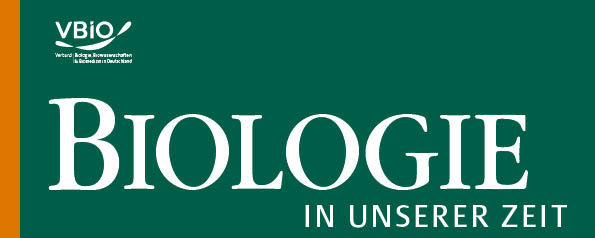Ecosystem house
DOI:
https://doi.org/10.11576/biuz-4576Keywords:
Schimmel, Schimmelpilze, Wohngebäude, Arthropoden, SpürhundAbstract
Living organisms have accompanied humans ever since they have sheltered in secluded areas from danger and the elements. The introduction of moisture into modern buildings significantly increases the species spectrum and biomass in rooms. After the moisture-dependent colonisation by moulds and bacteria, formed “mould lawns” are grazed by mites, dust lice and silverfish. The importance of mites, dust lice and silverfish as bioindicators of moisture/mould damage is still underestimated today. The use of a mould sniffing dog can be seen as a further and more advanced component of an animal bioindicator chain for mould damage: With this methodology, new insights into our indoor qualities have been gained. In routine use, mould sniffer dogs – albeit with great differences in quality – provide essential bases for decision-making for the detection and professional remediation of damp/mould damage.

Downloads
Published
How to Cite
Issue
Section
License
Copyright (c) 2021 Gerhard Führer, Sonja Stahl

This work is licensed under a Creative Commons Attribution-ShareAlike 4.0 International License.

